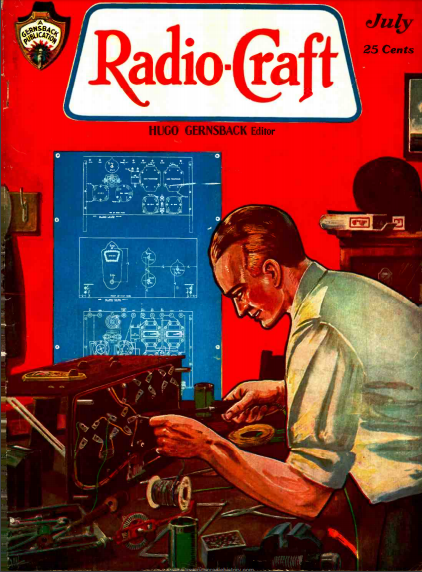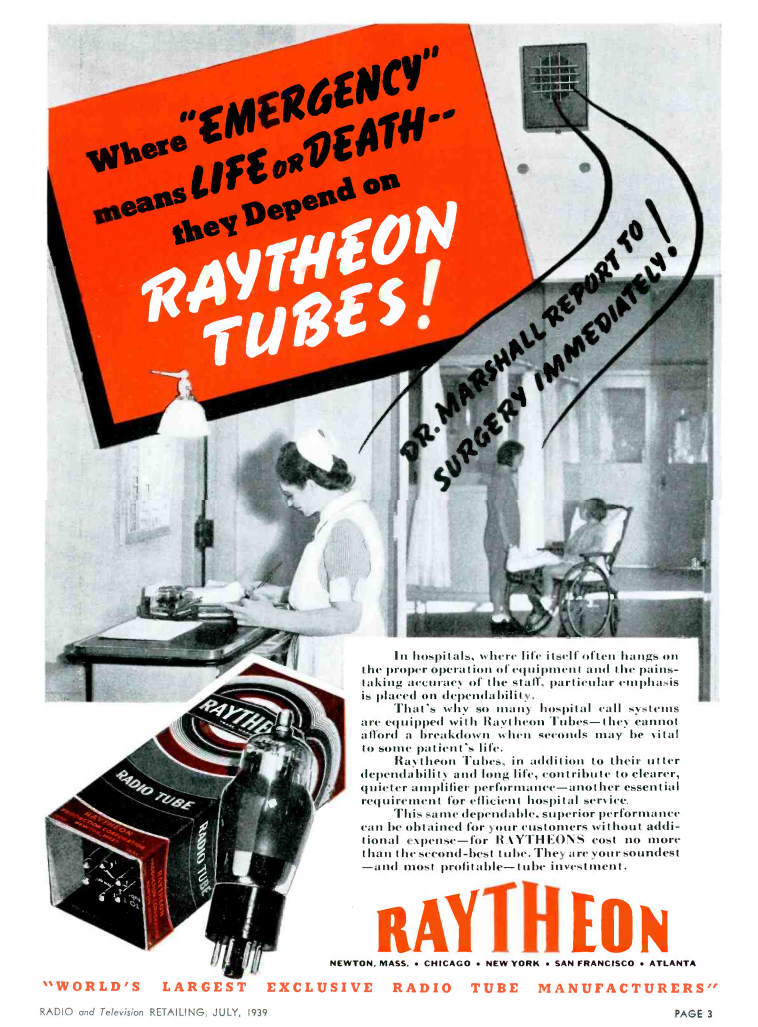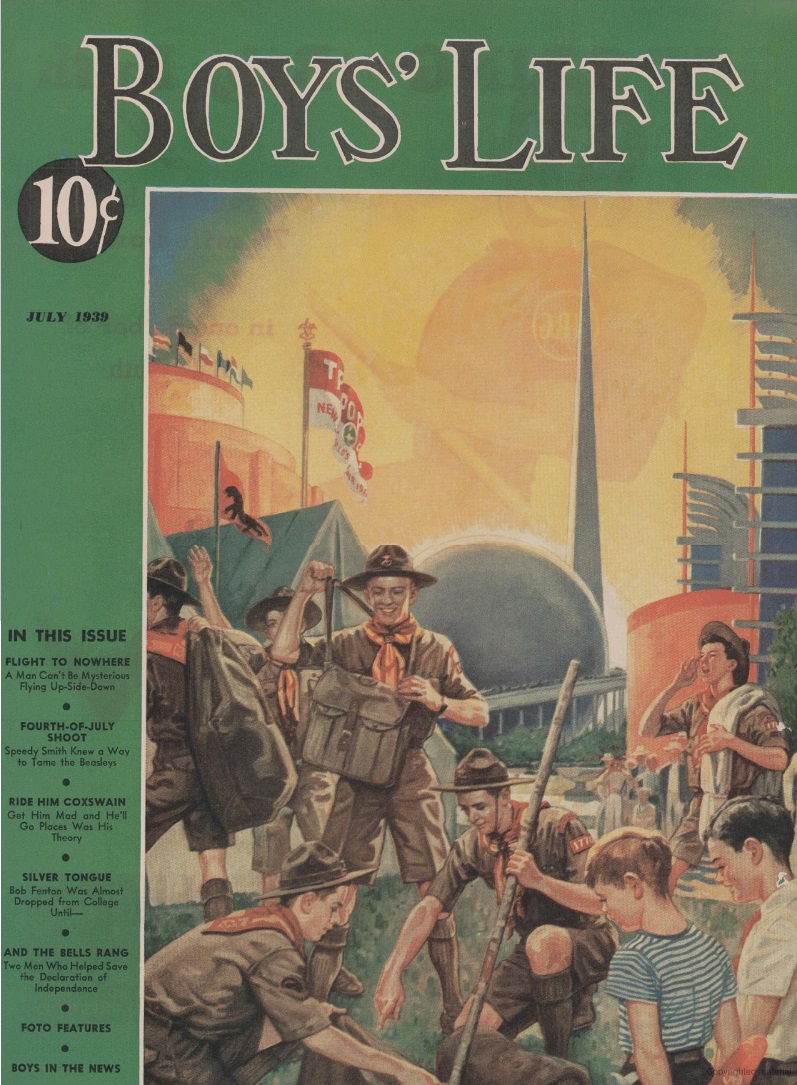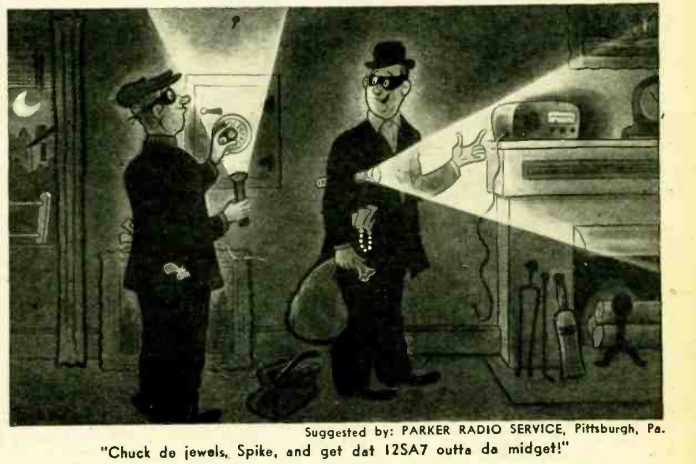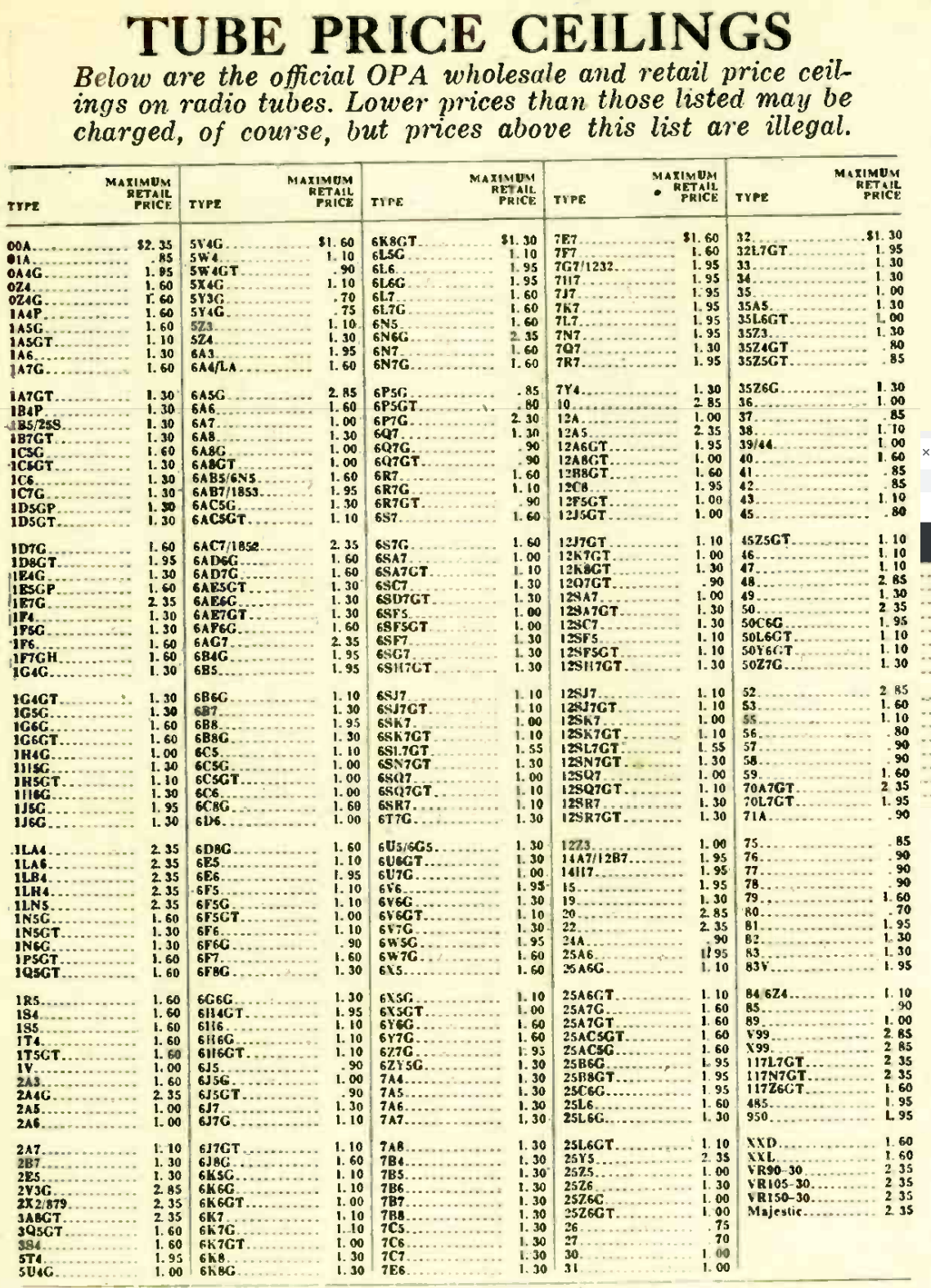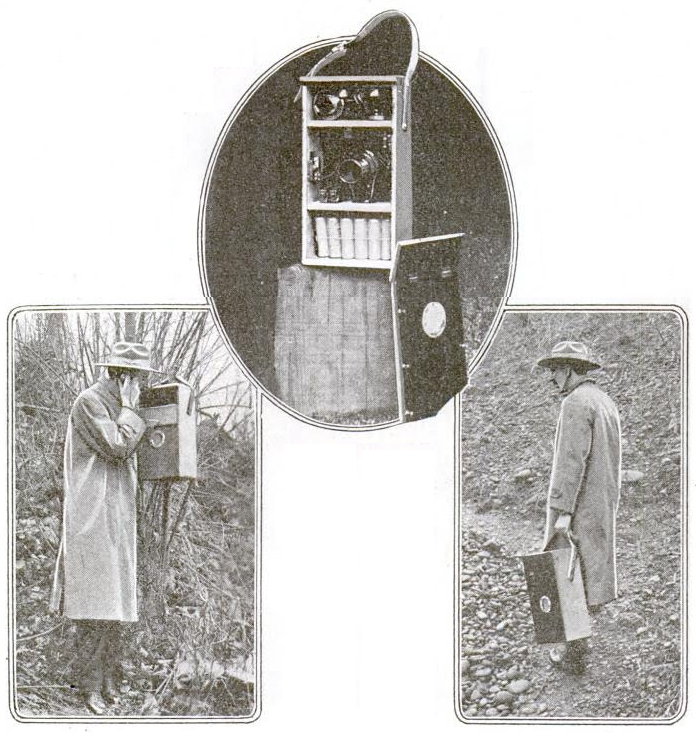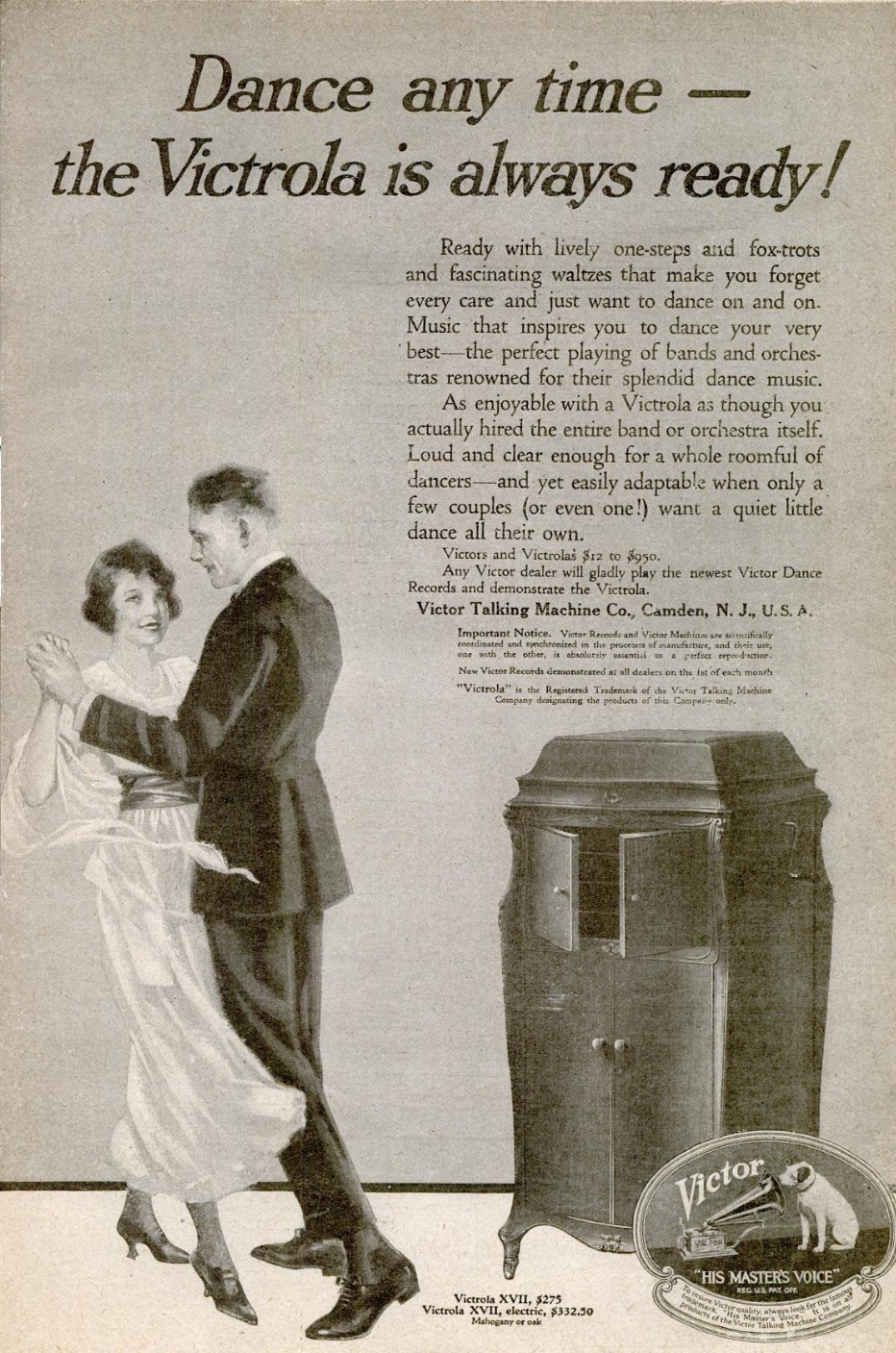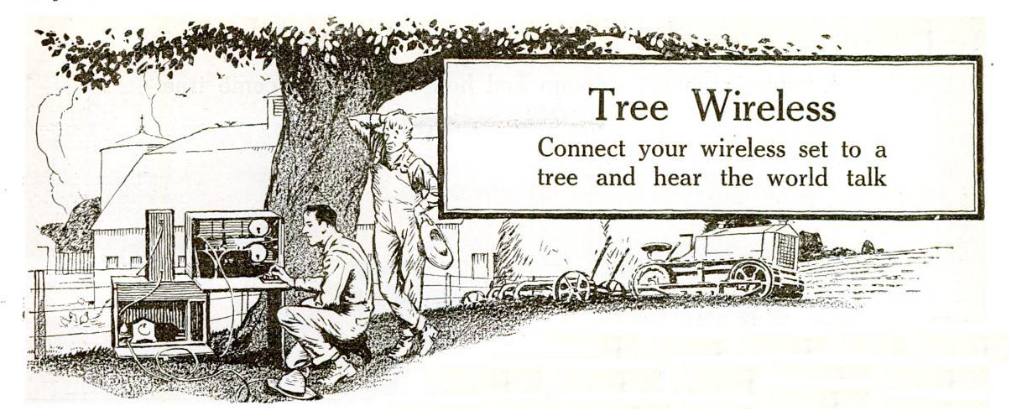 A hundred years ago this month, the July 1919 issue of Popular Science reported on the seemingly promising work done to date on using trees as radio antennas. The Signal Corps had been working on the problem during the War, and there was hope that explorers, farmers, lost Army units, or downed aviators could be in contact with the outside world as long as they were in the neighborhood of a good sized tree. The article reported that European stations had been pulled in with trees, and various methods of making the hookup were discussed.
A hundred years ago this month, the July 1919 issue of Popular Science reported on the seemingly promising work done to date on using trees as radio antennas. The Signal Corps had been working on the problem during the War, and there was hope that explorers, farmers, lost Army units, or downed aviators could be in contact with the outside world as long as they were in the neighborhood of a good sized tree. The article reported that European stations had been pulled in with trees, and various methods of making the hookup were discussed.

